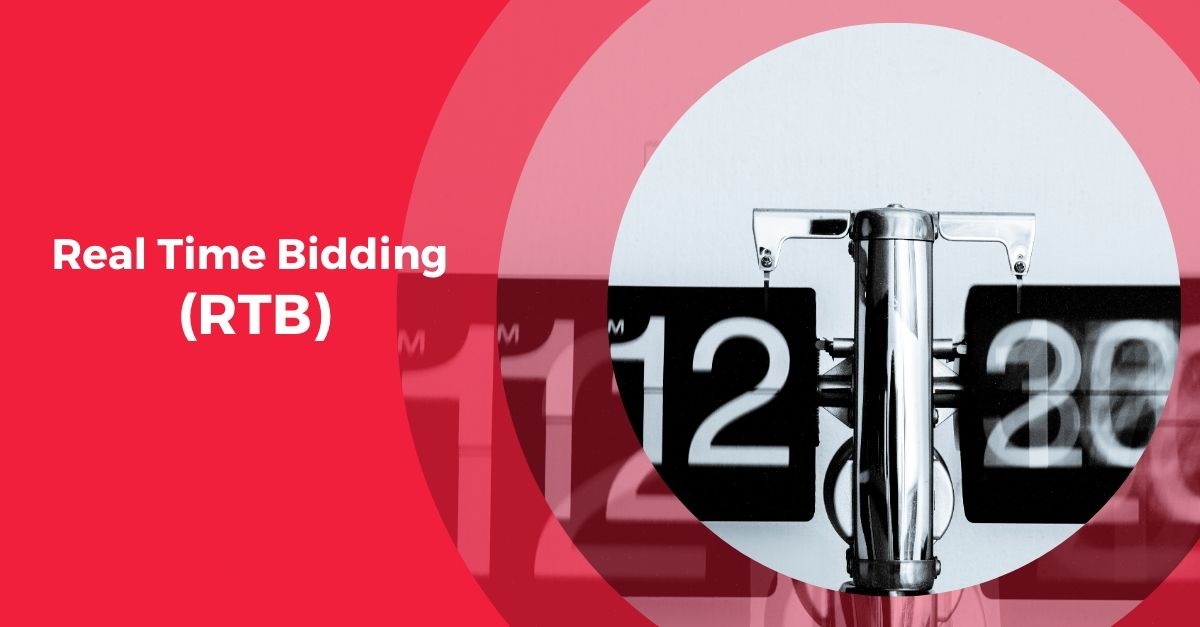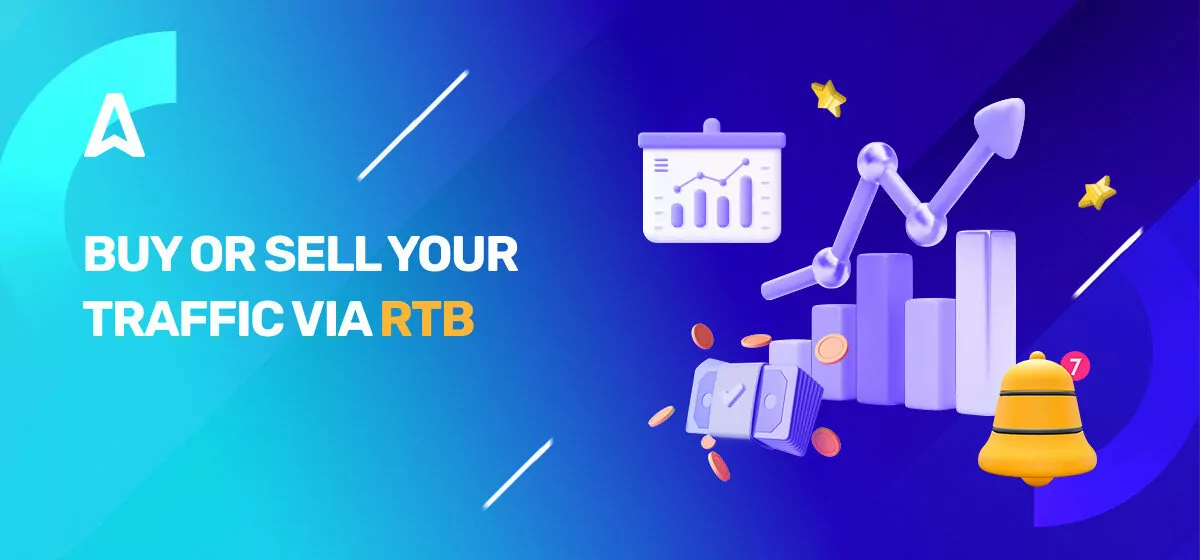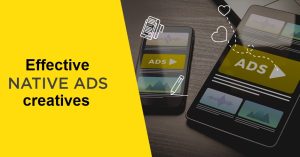The corporate environment is constantly changing and this directly influences the way we do things. One of the most attractive methodologies in this area is Real Time Bidding (RTB).
This different system of advertising consists of an online auction of advertising spaces made in real time.
Have you heard of RTB? Read this article carefully and see how Real Time Bidding can be interesting for your brand!

What is RTB?
Real Time Bidding is a model where advertisers choose the location, the audience and the ideal moment to generate impact with their native ads.
In general terms, we can say that it is the impression acquisition model through a bidding system and that the main objective of the RTB is to provide the appropriate advertising for potential customers.
Difference between programmatic buying and RTB
It is not difficult to find someone who thinks that programmatic buying and Real Time Bidding are synonymous, so we have to explain the difference between the two terms.
Knowing how to distinguish them allows defining objectives and executing more appropriate actions in online marketing strategies.
There are several scheduled purchase models, these are classified according to the type of inventory that is sold and the way in which the price is stipulated. Look at the four types:
- preferred deals;
- Programmatic Premium;
- private marketplace;
- OpenExchange.
The latter, also called an open auction, is what we call Real Time Bidding. Considering this information, we can say that all RTB is a programmatic purchase, but not all programmatic purchases are Real Time Bidding.

How does RTB work?
After understanding what Real Time Bidding is and knowing the difference between this model and programmatic buying, it’s time to explain how it works:
The interested party enters a web page and provides information requested by the site. The data is collected by Big Data in the format of cookies in milliseconds. This then creates a visitor profile.
After defining the profile considering its characteristics, a message is sent to the AD Exchange (intermediary platform between supply and demand) for advertisers to verify if they are interested in publishing ads on the sites visited by the Internet user.
After reviewing the bid request, advertisers inform the Demand Side Platform (DSF) if they wish to participate in the auction.
The ad formats offered by this type of programmatic buying are banner ads, private ads, floating ads, etc.
In this step, advertisers define campaign acquisition parameters and place bids.
The publisher receives the offers made by the companies that wish to advertise and verify which of all is the most attractive. After detecting the winner, the native ads are placed on the web and the winner is notified of the publication and the bid.
It is necessary to mention the Sell Side Platform (SSP), a platform that collects the maximum amount of information about the media where it is possible to place ads from advertising companies. The SSP allows the media to set a certain price for each impression.
By defining the steps, it can also be identified that the RTB process is made possible thanks to the intervention of many actors: users or Internet users, advertisers, publishers and Ad Exchange platforms, DSPs and SSPs.
4 advantages of RTB
Using the RTB as one of the main resources to launch digital marketing actions is a smart move, mainly when considering the advantages it provides:
Audience segmentation
Segmentation is essential to ensure that an ad impacts the audience. This allows advertisers to personalize the message by adapting it with a tone, language and style according to their audience.
Money saving
Saving on costs with advertising is a simpler task when we apply the RTB in the day to day marketing. Advertisers only pay for impressions associated with the audience they are interested in.
Higher earnings
The inventory is opened to a market oriented to maximizing the value of each impression. As a result, support drives qualified traffic and it is possible to virtually eradicate wasted impressions.
Better results
The agencies achieve better results for the clients, once they optimize the use of the values directed to the realization of advertising actions. We can also say that there is greater control of the performance of each action or campaign.
In short, Real Time Bidding is an attractive methodology to carry out marketing actions in the online environment.
In order for the RTB to provide incredible results, it is essential to handle this model correctly. Apart from that, it is also interesting to obtain up-to-date information on what’s new in advertising.







